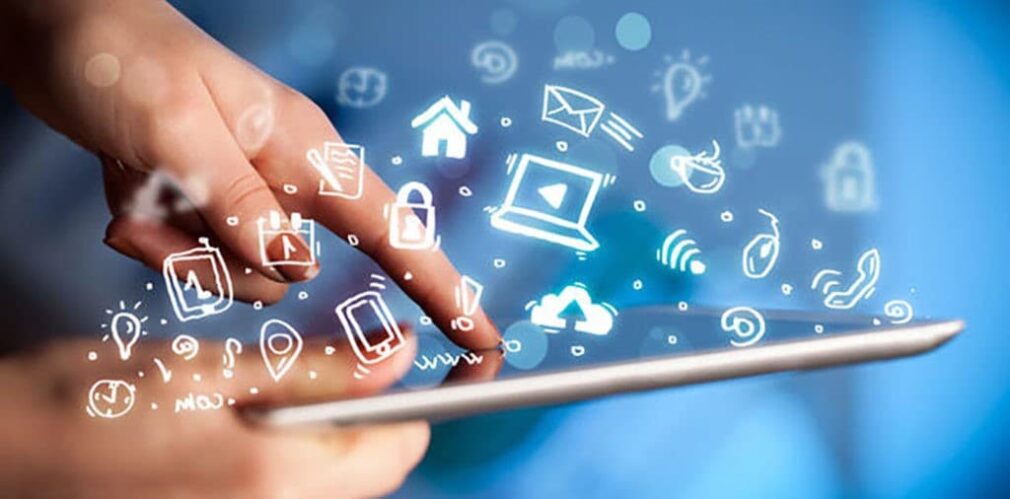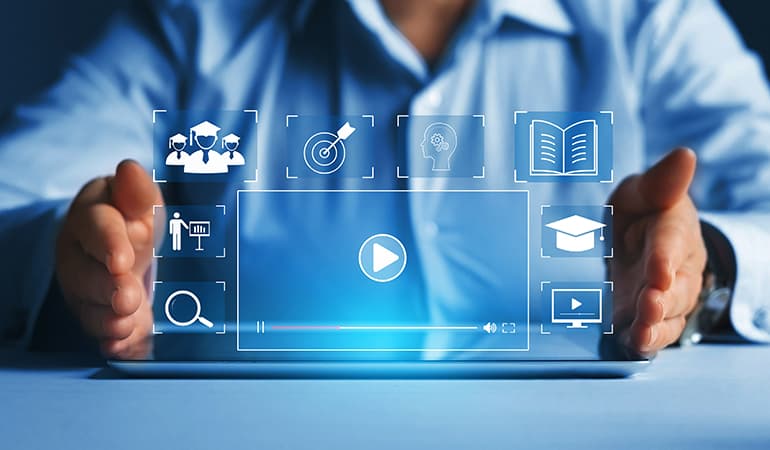Technology has been ingrained in our daily lives in the twenty-first century, affecting almost every facet of our lives, including education. Modern innovations like big data, virtual reality, and artificial intelligence are beginning to completely change how people learn and teach. In addition to improving accessibility and interaction in the classroom, these technologies open up new avenues for customizing the educational process to meet the needs of each student. This article will examine how technology is going to change education in the future, what new opportunities it will provide, and how it will affect both instructors and students.
Major Technologies Impacting Education
Machine learning and artificial intelligence (AI)
With their innovative approaches to improving learning and customizing courses, artificial intelligence and machine learning are revolutionizing the field of education. These technological advancements are changing schooling in the following ways:
- AI examines information on each student’s academic achievement, preferred methods of learning, and areas of difficulty to create personalized learning programs. With the use of this analysis, learning plans that are specifically tailored to each student’s needs are produced. For instance, the platform can recommend additional materials for challenging topics or allow faster progression through well-understood areas.
- Automated Grading: AI can automatically grade written assignments, tests, and even complex tasks like programming and essays. This not only saves instructors’ time but also provides students with quick, unbiased feedback. AI systems can also identify common errors and suggest corrections, enhancing students’ understanding of the material.
- Intelligent Learning Assistants: Chatbots and virtual assistants driven by AI can provide real-time answers to student questions, help with homework, and provide further clarification on difficult subjects. This ensures students receive timely help without waiting for instructor responses.
VR and AR
Strong tools for developing immersive and interactive learning environments that significantly improve the educational process are provided by virtual and augmented reality.
- Virtual field trips: With virtual reality (VR), students can visit museums, historical locations, and scientific labs without ever having to leave the classroom. They can investigate the surface of Mars, go to the Louvre, or travel back in time to ancient Rome. Students learn faster and retain material better because to this immersive experience.
- Practical Education: Augmented reality technology makes it possible to build virtual laboratories and simulations where students can carry out experiments in a secure setting. Engineering students can develop and test structures, and medical students can rehearse in simulated operating rooms. This practical approach enhances skills while reducing the cost of equipment and materials.
- Interactive Learning Resources: By including 3D models, animations, and movies, augmented reality can revolutionize printed resources such as textbooks. Students learn more successfully and are able to comprehend complicated concepts more fully because to this interactive information.

Internet of Things (IoT) and Smart Campuses
The Internet of Things (IoT) facilitates the development of smart campuses, where devices and systems are interconnected to improve the educational experience.
- Smart Classrooms: To improve communication between teachers and students, these classrooms make use of interactive whiteboards, projectors, sensors, and other gadgets. For instance, sensors can automatically adjust lighting and noise levels to produce the ideal learning environment.
- Attendance Monitoring: IoT systems can automatically track attendance using RFID tags or facial recognition, simplifying the process and allowing teachers to focus more on instruction.
- Resource Management: Smart campuses can efficiently manage resources like energy, water, and learning materials, reducing costs and minimizing environmental impact.
The future of learning environments and classrooms
Hybrid learning approaches and online education
Technology breakthroughs have led to an increase in the popularity of online and hybrid learning methods, which provide teachers and students with flexibility and access to a wealth of learning resources.
- Massive Open Online Courses (MOOCs): Millions of people can now access education from top colleges and professions thanks to these courses. One instance of a platform that makes education accessible to all is Coursera, where you may enroll in classes from esteemed colleges like Stanford or MIT.
- Hybrid Classes: These classes combine traditional face-to-face instruction with online components, allowing students to attend on-campus lectures and complete assignments online. This offers flexibility in learning and access to a wide range of learning resources.
- Synchronous and Asynchronous Learning: Online education provides real-time and self-paced learning opportunities. Synchronous classes allow you to interact with instructors and classmates in real time, while asynchronous courses allow you to study materials at your convenience.
Using big data and analytics
Analyzing big data is becoming an important tool for improving education and making informed decisions:
- Progress Tracking: Collecting data on student performance can identify problem areas and take timely action to address them, creating a personalized approach to learning.
- Analyzing Program Effectiveness: Educational institutions can use analytics to evaluate programs and courses, identifying strengths and weaknesses and making necessary adjustments for improvement.
- Forecasting and planning: Analytics helps institutions forecast future trends and plan their actions by developing new programs and courses that are in demand in the labor market.
Technology’s effects on educators
Development of the profession and education
Thanks to technology, which offers them innovative techniques and imaginative resources, educators can expand their knowledge and develop in new ways.
- Online seminars and courses: Teachers can use online seminars and courses to stay current on the newest techniques and resources in education. By providing courses from prestigious universities and subject matter experts, platforms like Coursera and EdX enable educators to advance their knowledge and abilities without having to take time away from their jobs.
- Professional forums and social media: Sites like LinkedIn let teachers exchange ideas and discover helpful resources. Faculty members can obtain support from their peers and stay current on educational developments by participating in professional communities and clubs.
Support and resources for faculty
Teachers have access to a plethora of educational resources and tools thanks to technology, which can greatly enhance students’ learning.
- Platforms for education: Coursera and Khan Academy are two instances of sites that offer pre-made lessons and materials for use in the classroom. With the aid of these resources, teachers can increase the scope of their courses and provide students with more chances for independent study.
- Interactive tools: With apps like Google Classroom, teachers may organize classes, manage assignments, and monitor students’ progress. These technologies streamline administrative tasks like monitoring student progress and grading papers while fostering better teacher-student contact.
In summary
Technology is a major factor in the way that modern education is changing. It has a big impact on how instructors work and opens up new opportunities for professional growth through online forums, seminars, and courses. They provide a wide range of resources that help to expedite and enhance the efficacy of the learning process, from interactive tools to instructional platforms. Instructors can provide dynamic and adaptable lessons by incorporating the newest approaches and updating their knowledge on a regular basis. Therefore, by making learning more accessible and personalized, technology not only makes teaching easier for educators, but it also increases educational standards. This will only get more crucial in the future.
